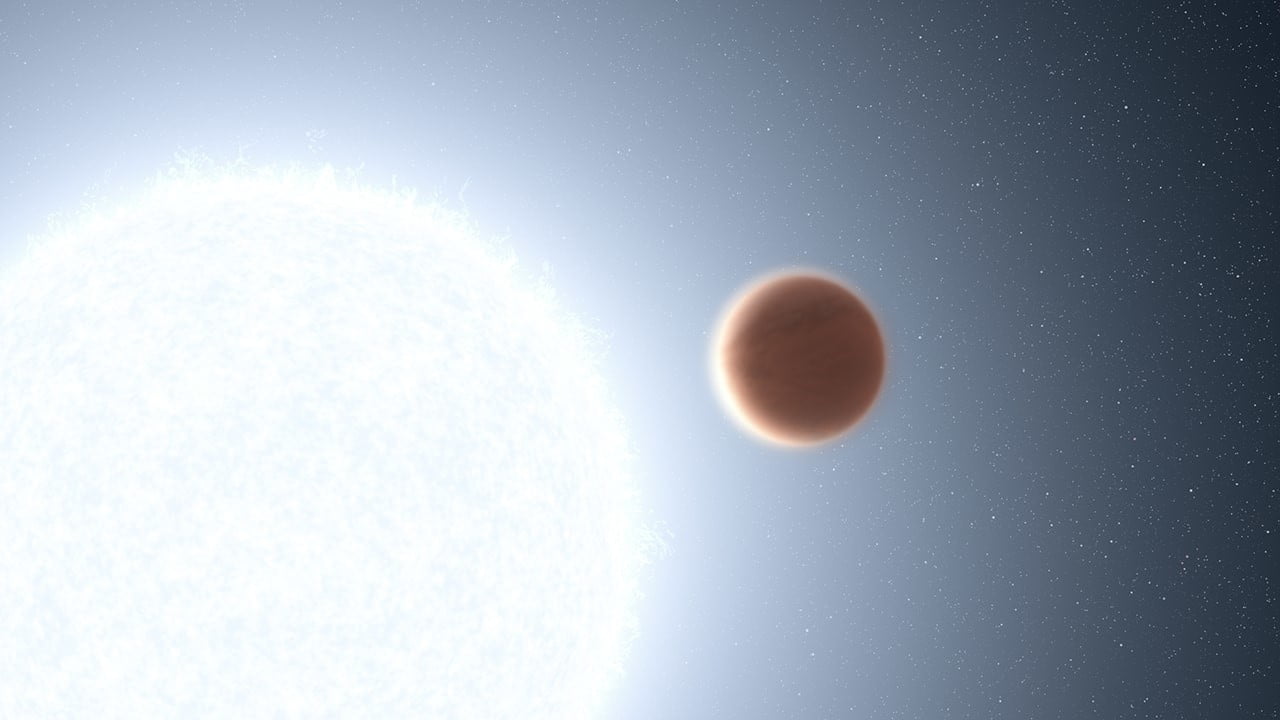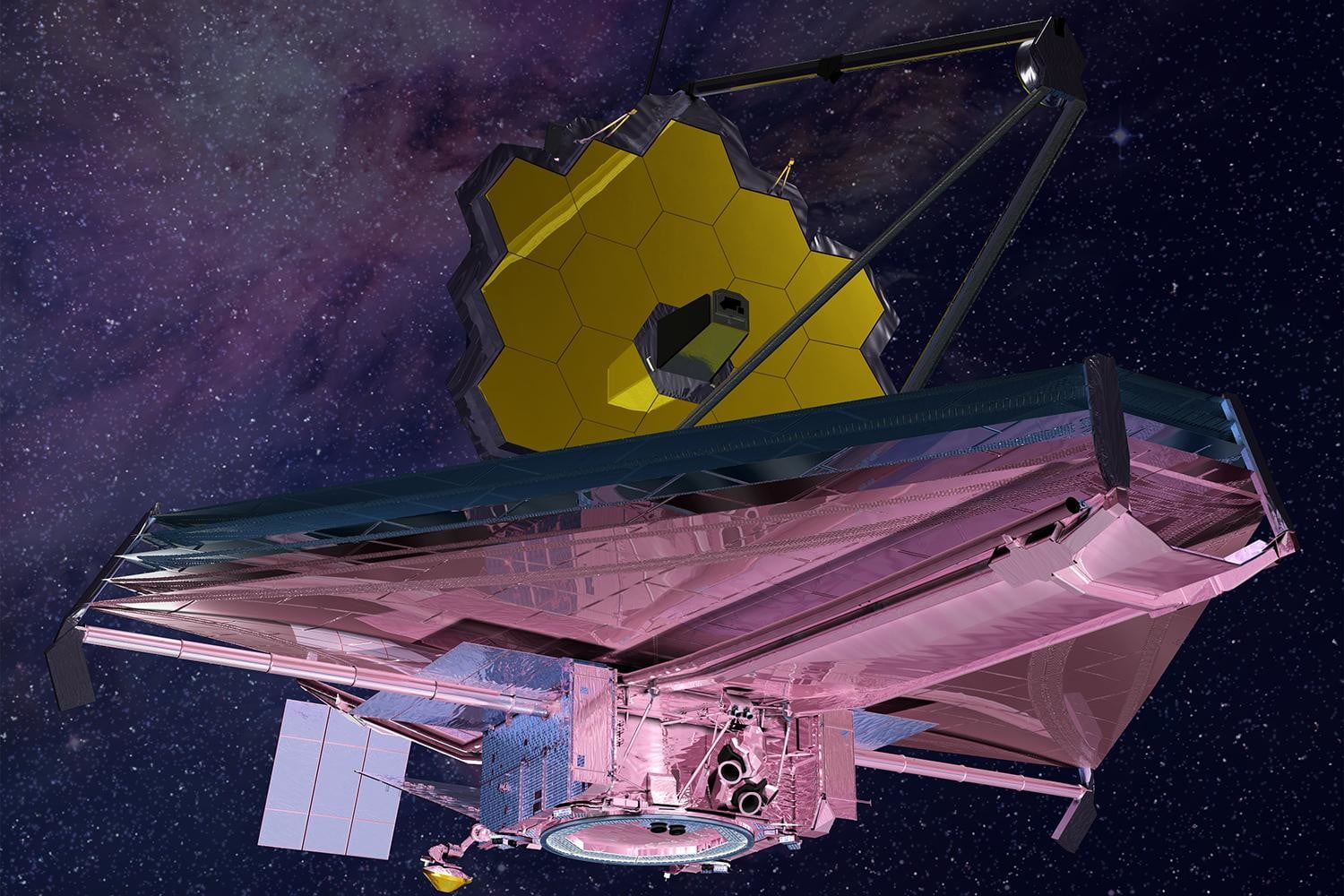In the wide range of planets we’ve observed beyond our solar system, some of the most extreme are of a type called hot Jupiters. These are gas giants which are similar to Jupiter but orbit so close to their stars that a year on one lasts less than 10 days. On these planets, temperatures can reach thousands of degrees Fahrenheit, leading to some weird and wonderful effects.

One such hot Jupiter, recently described in a paper in the journal Astrophysical Journal Letters, has a particularly distinctive atmosphere. The planet KELT-20b, located 400 light-years away, is located just 5 million miles away from its star and is bombarded by ultraviolet (UV) radiation. This heats the planet’s atmosphere to over 3,000 degrees Fahrenheit, which is creating a layer in the atmosphere similar to Earth’s stratosphere which absorbs UV rays.
This layer creates a phenomenon called thermal inversion, in which the upper layers of the atmosphere are hotter than the lower layers of the atmosphere. On our planet, this layer is formed by ozone, but on KELT-20b, the layer is formed from metals that have boiled and are now present in the atmosphere.
It is this interaction between radiation from the host star and the planet’s atmosphere that is an important step forward in understanding exoplanets. “Until now we never knew how the host star affected a planet’s atmosphere directly,” said lead author Guangwei Fu of the University of Maryland in a statement. “There have been lots of theories, but now we have the first observational data.”
To learn about the atmosphere of this far-off exoplanet, the researchers used data from Hubble in the near-infrared wavelength as well as data from NASA’s Spitzer Space Telescope to look at the signals of water and carbon monoxide coming from the planet. These signatures are different from what has been seen in other Jupiter-like planets which orbit close to cooler stars. “The emission spectrum for KELT-20b is quite different from other hot Jupiters,” said Fu. “This is compelling evidence that planets don’t live in isolation but are affected by their host star.”


